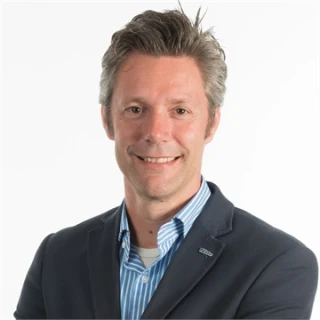/2402_del_delivered6_en-00_02_42_19-still007-(2).webp?mode=autocrop&w=320&h=240&attachmenthistoryguid=cecdd2ec-d214-471d-9745-0a4dcfce8bb7&v=&c=af16ddbbab0f23b86616d168dec798902eb89a4f049d55634102e9d82f0b4522)
[VIDEO] Building more inclusive futures with SAP RISE at Bewel
- IT
- operations
- people
- SAP
Sheltered workshops have a unique role in society. They create employment opportunities, help participants develop new skills, and provide a vital social network. At the same time, they also need to deliver quality work to clients in a wide range of activities – from assembly to logistics. Succeeding on all those different fronts requires hard work, commitment, and a thirst to keep evolving and innovating. It explains why Bewel, one of the largest sheltered workshops in Belgium, was among the first companies in the country to make the switch to SAP RISE. delaware played a key role in making it happen.

/adobestock_436931240-(1).webp?mode=autocrop&w=320&h=240&attachmenthistoryguid=19829b1c-2139-49b5-b81a-f6b6436ade25&v=&focusX=2571&focusY=1726&c=bb9589bde8d14701bd700e5ff5f22ee4500304ea579bea867036f85b7fd110b3)


/SAP-banner-3200x800-(1).webp?mode=autocrop&w=320&h=240&attachmenthistoryguid=bb32dd40-3add-4fa5-9580-6e631ddfdeec&v=&focusX=2413&focusY=354&c=46d502030bd02d5f6af148f7720e6a54c7a9a6a61d5620f28cf0736235948d20)
/sap-s4hana-new-1920x355-(1).webp?mode=autocrop&w=320&h=240&attachmenthistoryguid=60629404-c1a6-44a0-99a9-086f9adc6078&v=&focusX=1391&focusY=74&c=2fe5d8905368e780c274a3070190d0962b0ea7ee2058be3ba028ce791d7c7cc2)